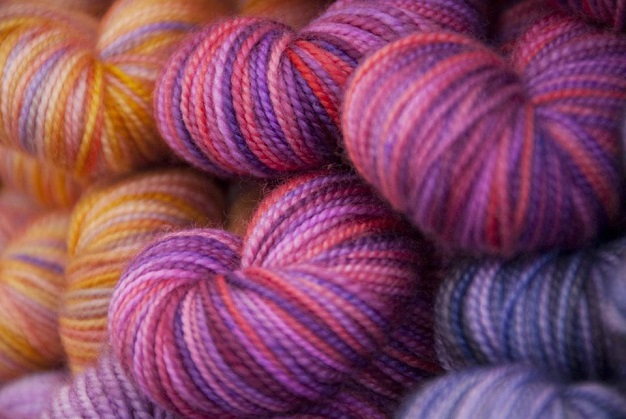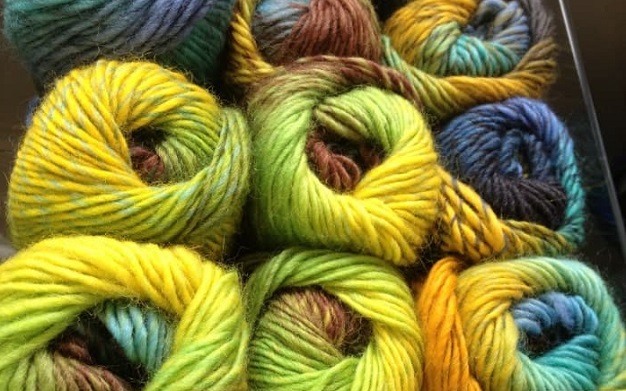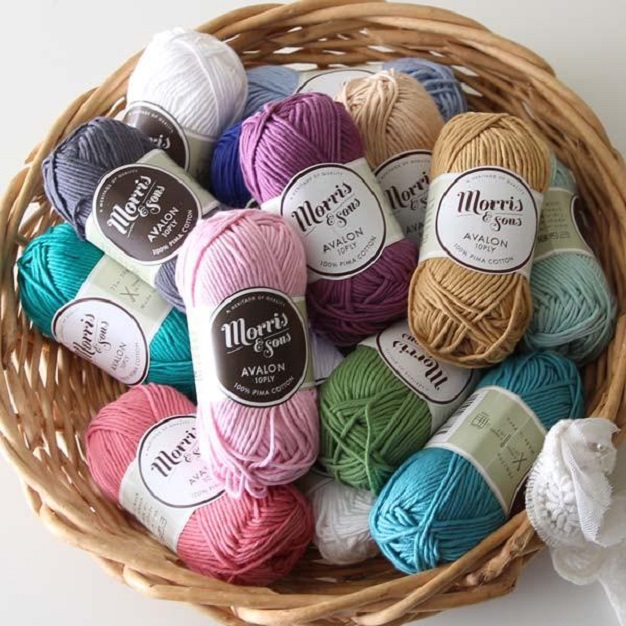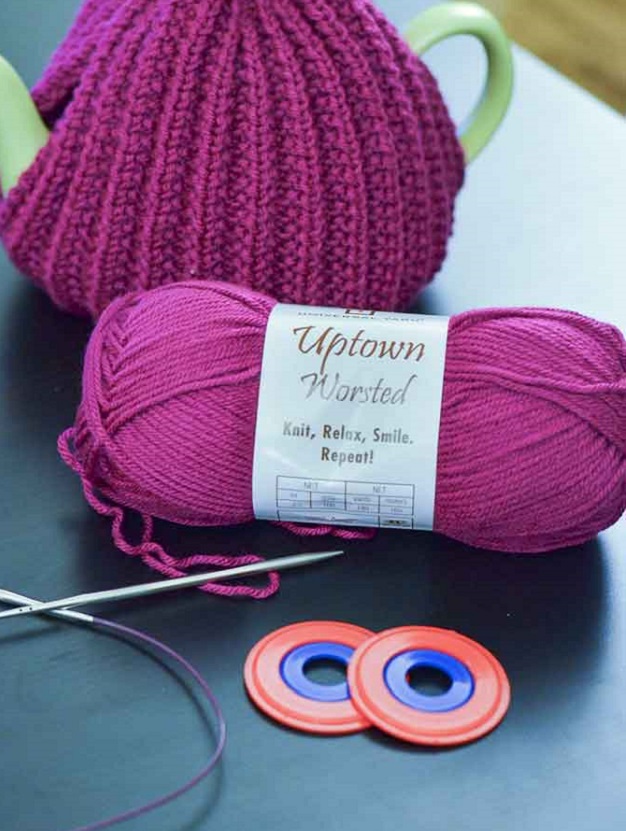Knitting for Beginners: Important Things to Know About Worsted Weight Yarn
Nowadays everyone is in race mode. Between commuting, working an 8+ hour shift, keeping a tidy house, taking care of bureaucratic responsibilities, rarely does one have a reason to slow down. This is why having a hobby is so important. And knitting is one of the best hobbies you can choose to have. The rhythmic, complex motions help the mind get into a flow state – something similar to meditation.
But before you can completely dedicate yourself to knitting, you need to gather all the necessary supplies. And obviously, yarn is the first thing you’ll buy. Yarn comes in all kinds of shapes, sizes and colours. It can be thin as a cobweb or as thick as a rope. When you’re new to knitting, it’s important to choose a type of yarn that’s easy to work with and versatile, so that you can learn the basics of the different types of knits. Considering this, worsted weight yarn is ideal for beginners.

What Is Worsted Weight Yarn?
Yarns are separated into different weight categories so that hobbyists can distinguish between them more easily. Weight has little to do with how heavy the yarn is and is more of a representation of how thick a strand of a particular yarn is. When you’re purchasing yarn online, in-store or from a catalogue, there’s going to be a description that states the weight usually in symbols. The weight is a good indicator of what you can make with that particular yarn.
Lace has the “lightest” yarn weight. It’s labelled by a yarn symbol with a 0 on it. It’s very thin and is used to make shawls with a lacy appearance. Next comes super fine yarn, represented by a 1. It’s used for creating delicate pieces and baby items. Sport yarn is a bit thicker and is used for socks and wraps. Light worsted yarn is slightly heavier and is used for heavier baby items.
And then there’s worsted weight yarn falls in the medium weight category and is labelled with the number four. It’s the right size for a variety of projects but not so bulky that it gives you a hard time working with it. Bulky yarn is twice as thick as worsted, then comes super bulky, and jumbo as the thickest yarn weight.

What Can You Make with Worsted Yarn?
This type of medium weight yarn has always been popular with both beginners and experienced knitters. If you’re trying out a technique for the first time, worsted yarn is thick enough to help you see the stitch clearly. You will also be able to spot mistakes more easily, especially if you use a light coloured option.
The medium weight of the yarn means that you can use it both for cool weather and warm weather garments. From winter hats, mittens, scarves and cardigans to Tees, baby socks, toys, home décor items and more – you can use worsted yarn for just about every project .

How Many Ply Is Worsted Weight Yarn?
The ply number of the yarn is a good indicator of how durable it is. The bigger the number, the less likely the yarn will pill or break. Plies are pieces of yarn that are spun together to make one larger strand of yarn. Yarns can have up to ten plies of yarns. Ten-ply yarns are often referred to as cabled yarn as they resemble a smooth cable. The number of plies also affects the level of insulation a knitted clothing item can provide. So, when choosing yarn, you need to make sure that the ply number is suitable for your knitting project.
Worsted yarn is available in a variety of plies – from one ply to ten plies. So, if you want to knit a soft, breathable scarf or a warm-weather garment, single-ply yarn can be an excellent option. On the other hand, if you plan to knit some warm and hard-wearing mittens, consider yarn with more plies, such as eight or even ten.

What Needles to Use for Worsted Yarn?
You can use different needle sizes for different projects with this type of yarn. In general, if you want a firm but pliable fabric, use a 4.5 to 5.5mm needle. This is for standard fabrics that are neither too tight nor too loose. For lace knitting, use a needle that’s a couple of sizes up from 6.0 to 8.0mm. When knitting socks, mittens, potholders or other items that need a tighter tension, you may want to go for a smaller needle that’s around 3.25 to 4.0mm. But these are just general guidelines. You can also try looking at the yarn’s label which usually provides a recommended needle size for a standard fabric. And from there, you can go a couple of sizes up or down depending on the result you want to achieve.



